Early Verdict
Acer’s Predator G1-710-70001 gaming desktop is priced as high as custom shop machines with unlocked processors and watercooling radiators. Although it appears to offer everything a PC gamer could ask for with its stylish design, RGB lighting, and extras, an enthusiast eye knows that you can find better performance for similar (or lower) prices. However, if looks and convenience are your driving forces to a gaming PC purchase, the Predator G1 can provide exceptional gaming performance with all the peripherals you need and a rolling carrying case to haul it around.
Pros
- +
Stylish SFF Chassis
- +
Accessories
Cons
- -
Price
- -
Performance
- -
Power Supply
Why you can trust Tom's Hardware
Introduction And Product Tour
Our previous gaming desktop reviews have focused on top end, custom-built gaming machines with overclocked CPUs, water cooling, and GTX 1080 graphics under the hood. When Acer offered us a chance to see what its Predator G1-710-70001 could do, we weren’t sure if it would be a fair comparison to our recently-tested gaming rigs because of its locked Intel Core i7-6700 processor. However, at $2,149, it’s certainly priced like a custom-built PC, so we put it through our test suite. Is the Predator dominant or is it the prey?
Specifications
Exterior
The Acer Predator G1 features a custom small form factor (SFF) chassis, with plastic covered side panels brandishing the Predator logo (which resembles the Decepticon symbol from Transformers). The design is clearly meant to attract gamers, with angular and contoured red and black plastic panels, RGB LED lighting, and a spot to hang your headphones (or VR HMD) with the retractable arms at the top of the case.
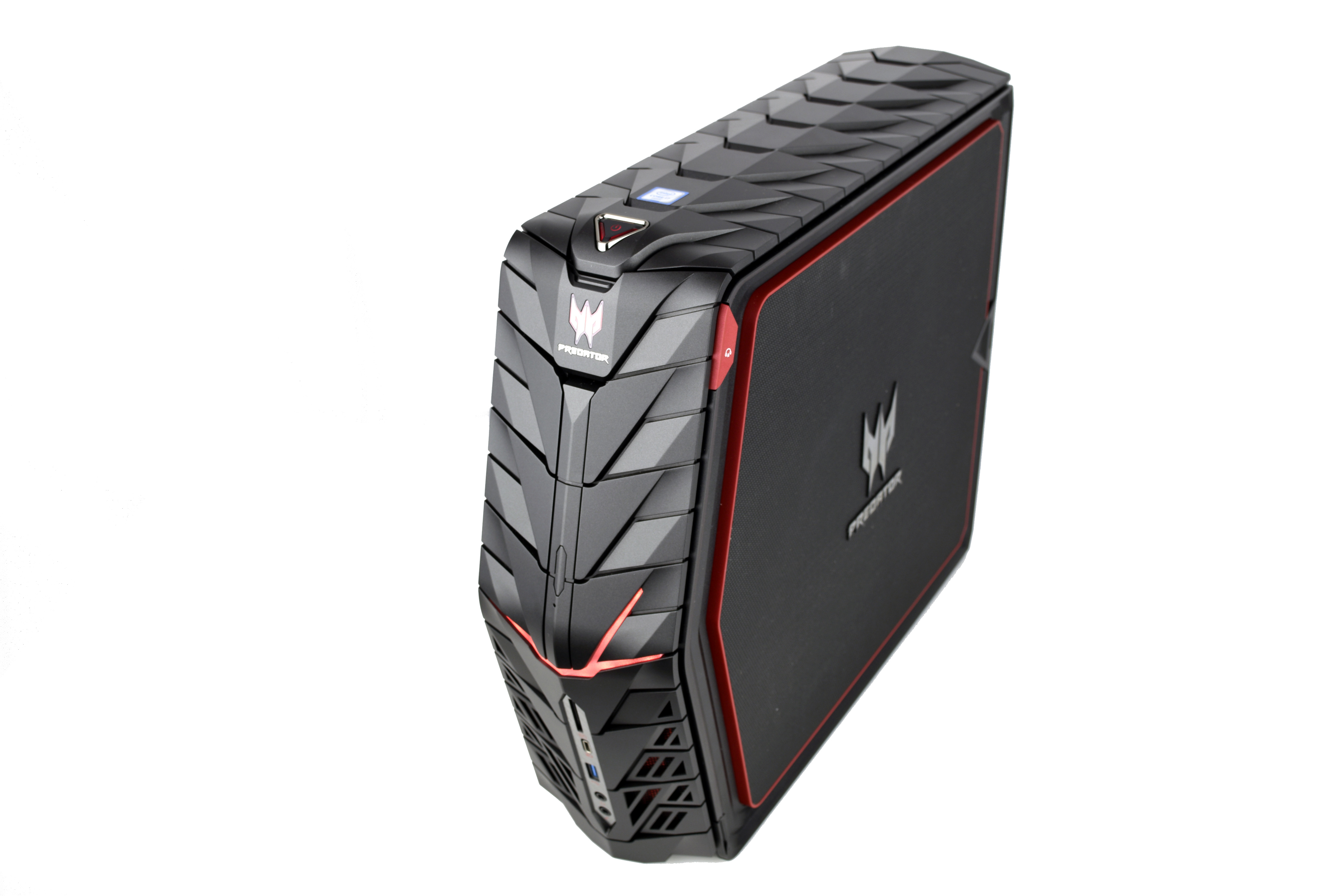
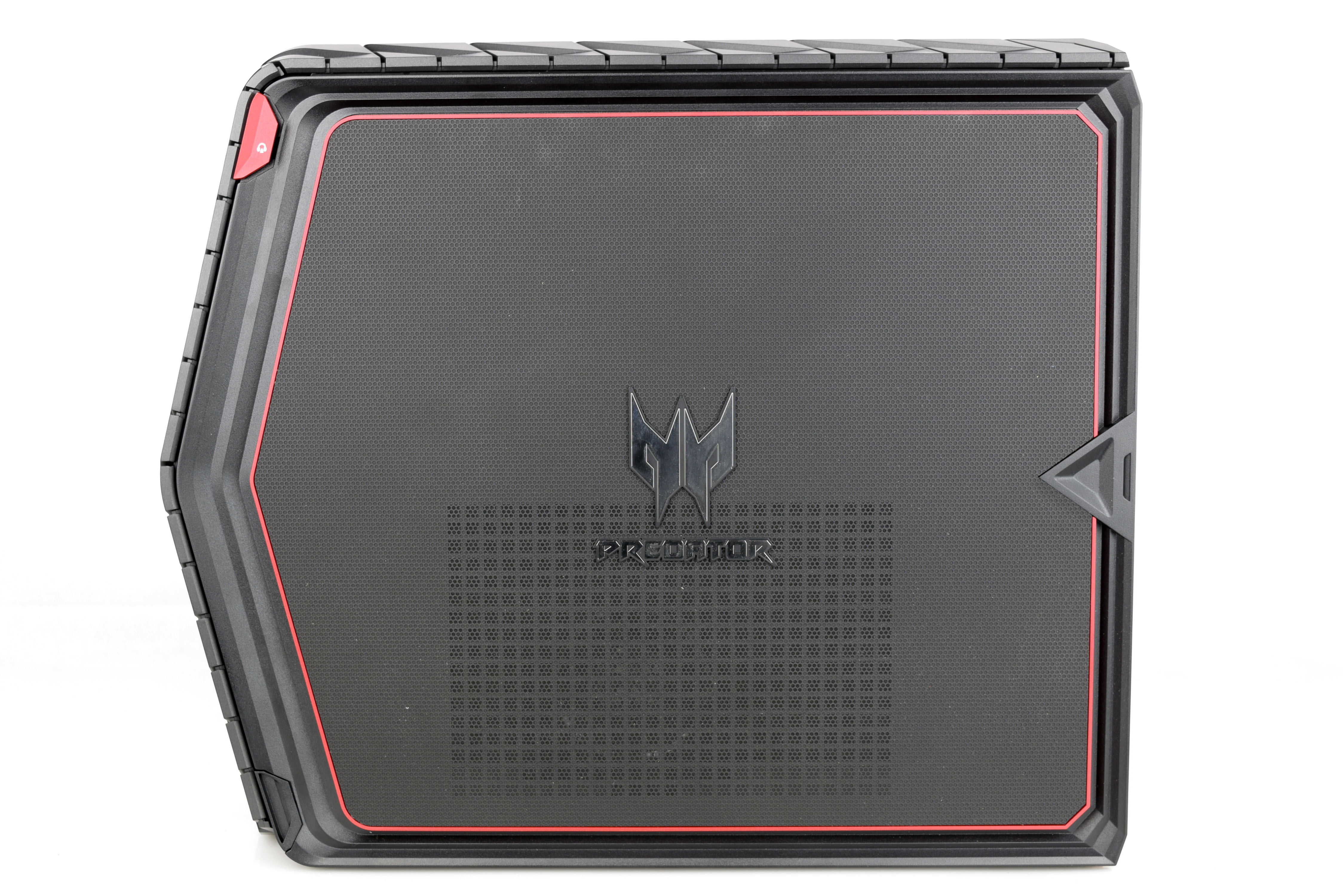
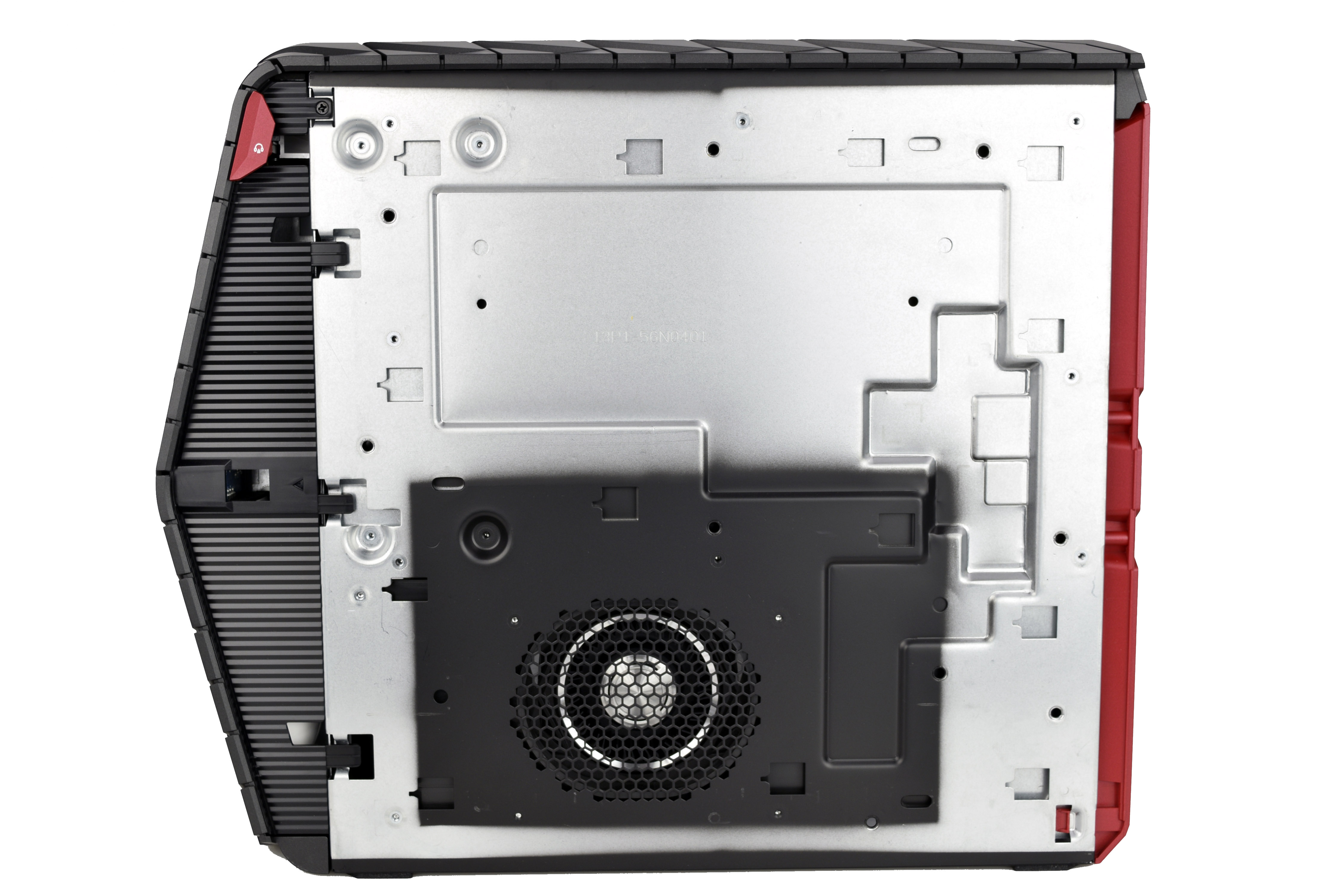
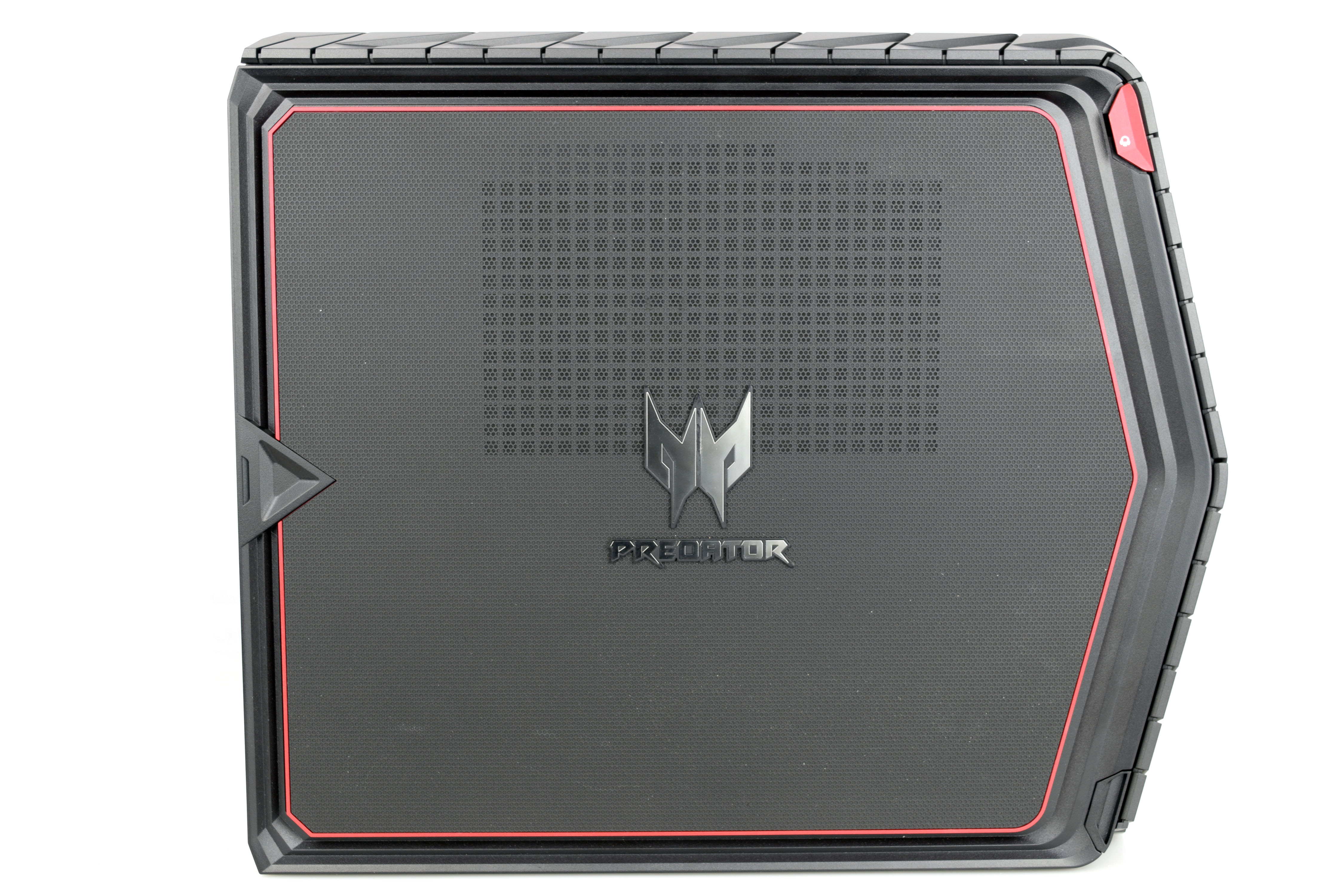
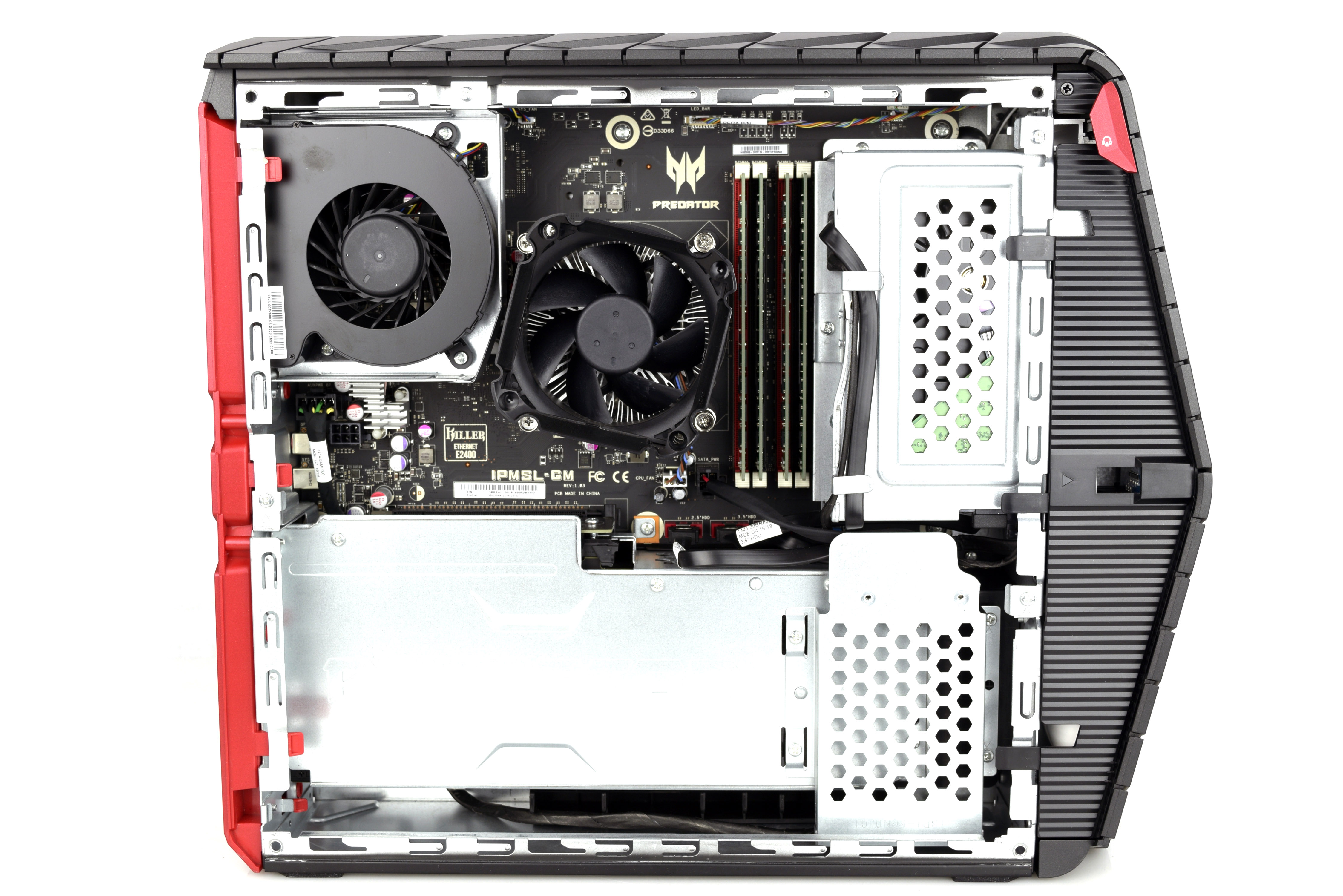
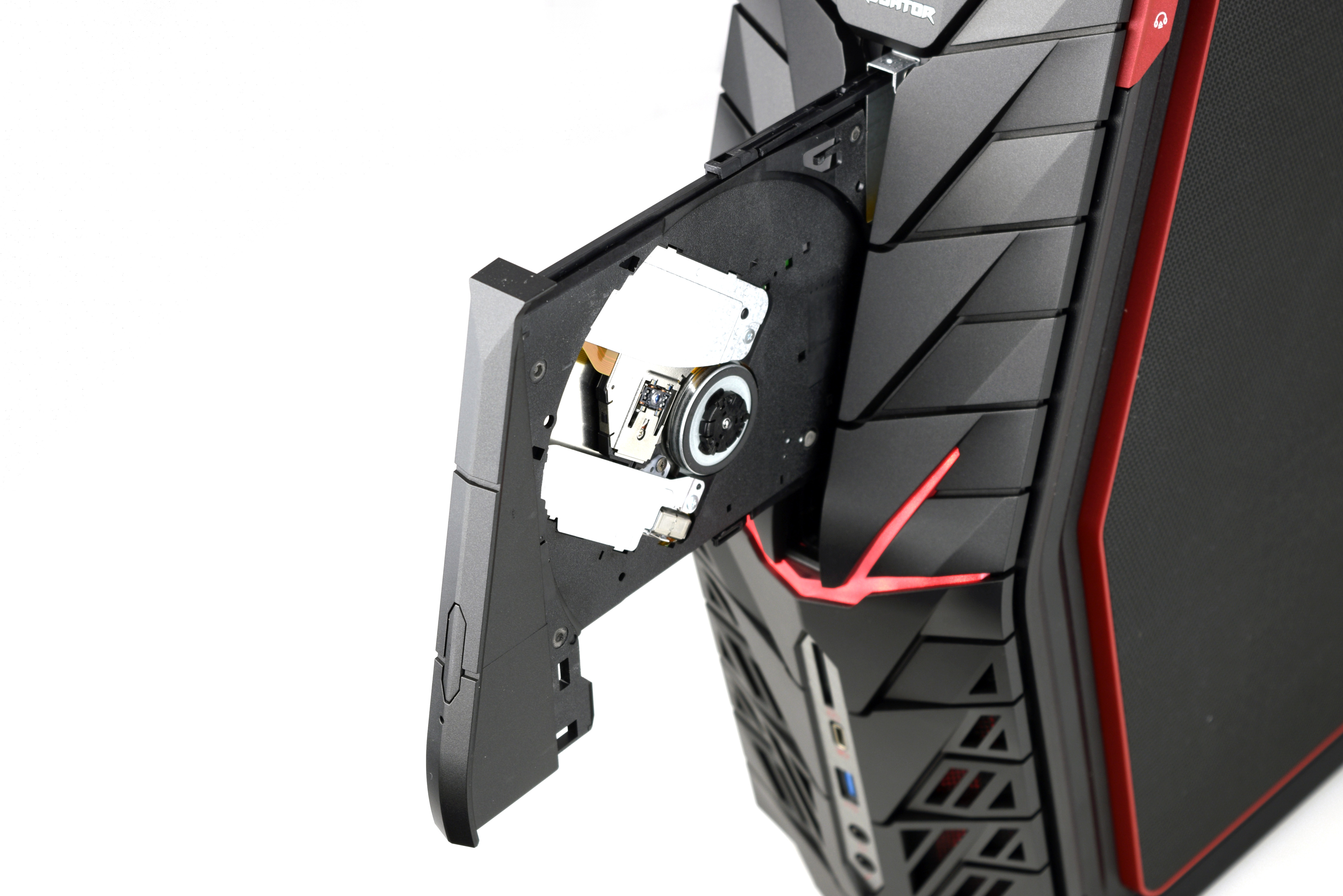
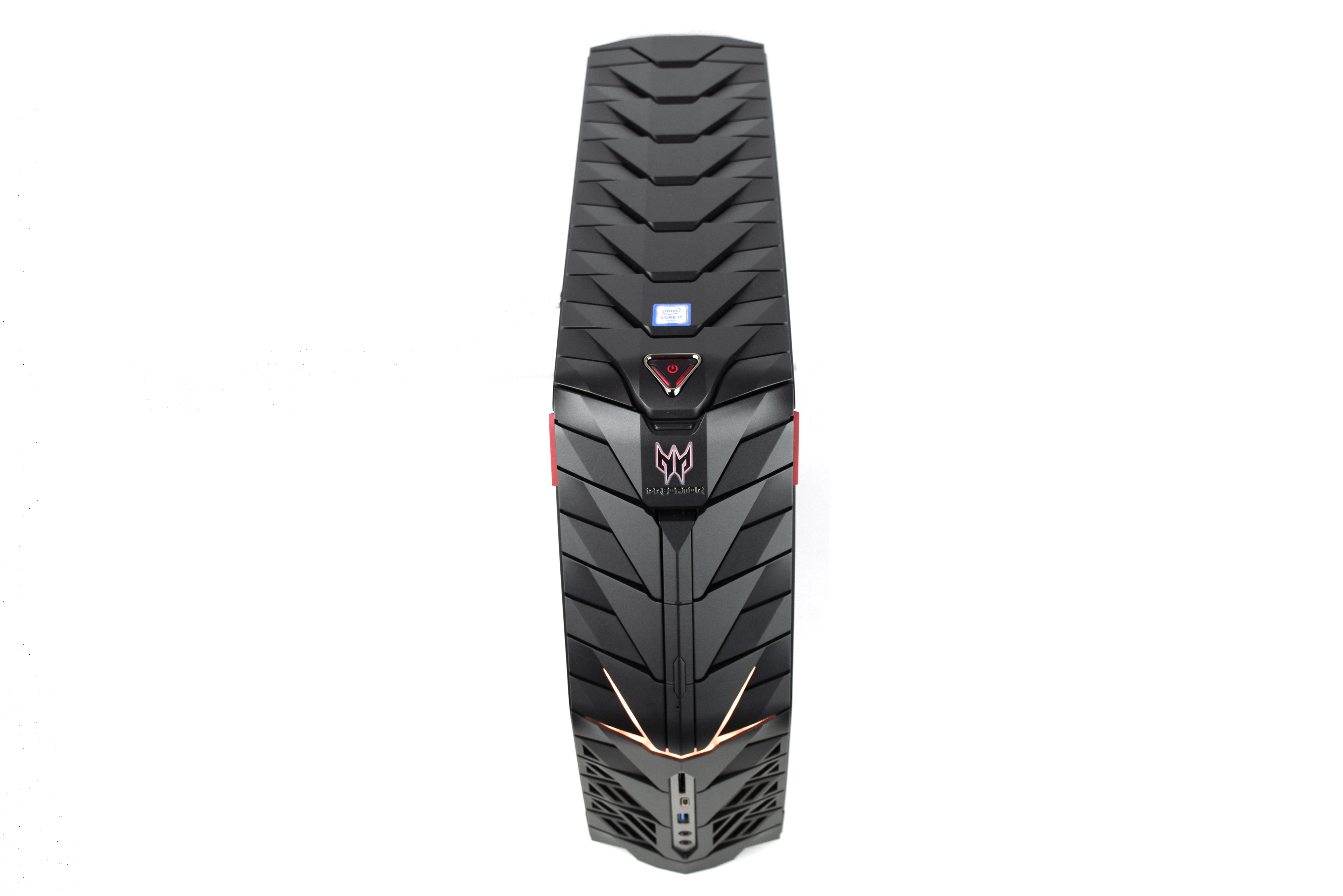
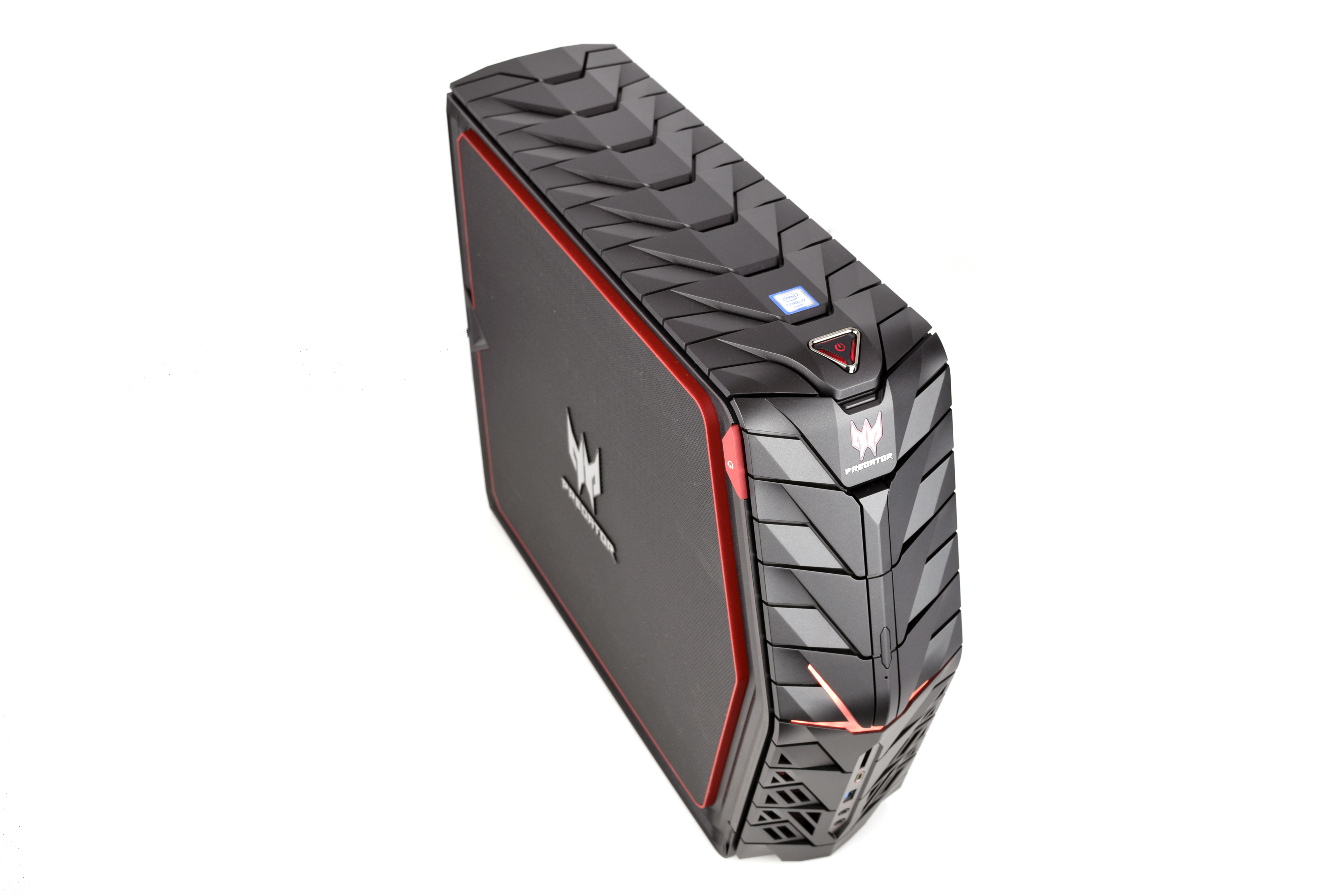
The Predator G1 has a simplified I/O, with four USB 3.0 ports on the rear and one USB 3.0 port on the front. There’s also a USB Type-C port in the front panel, but it’s limited to USB 3.0 data rates (5 Gbps). The Type-C interface also offers power for applicable devices. A slim DVD-RW drive seamlessly hides in the front panel of the Predator G1, and individual mic-in and headphone-out jacks in the front panel will let you plug in a headset on the fly. There are more audio jacks on the back. There aren’t any video outputs in the motherboard I/O, and the GPU features the standard three DisplayPort 1.2, one HDMI 2.0, and one DVI-D interfaces found on Founder’s Edition GTX 1080s.
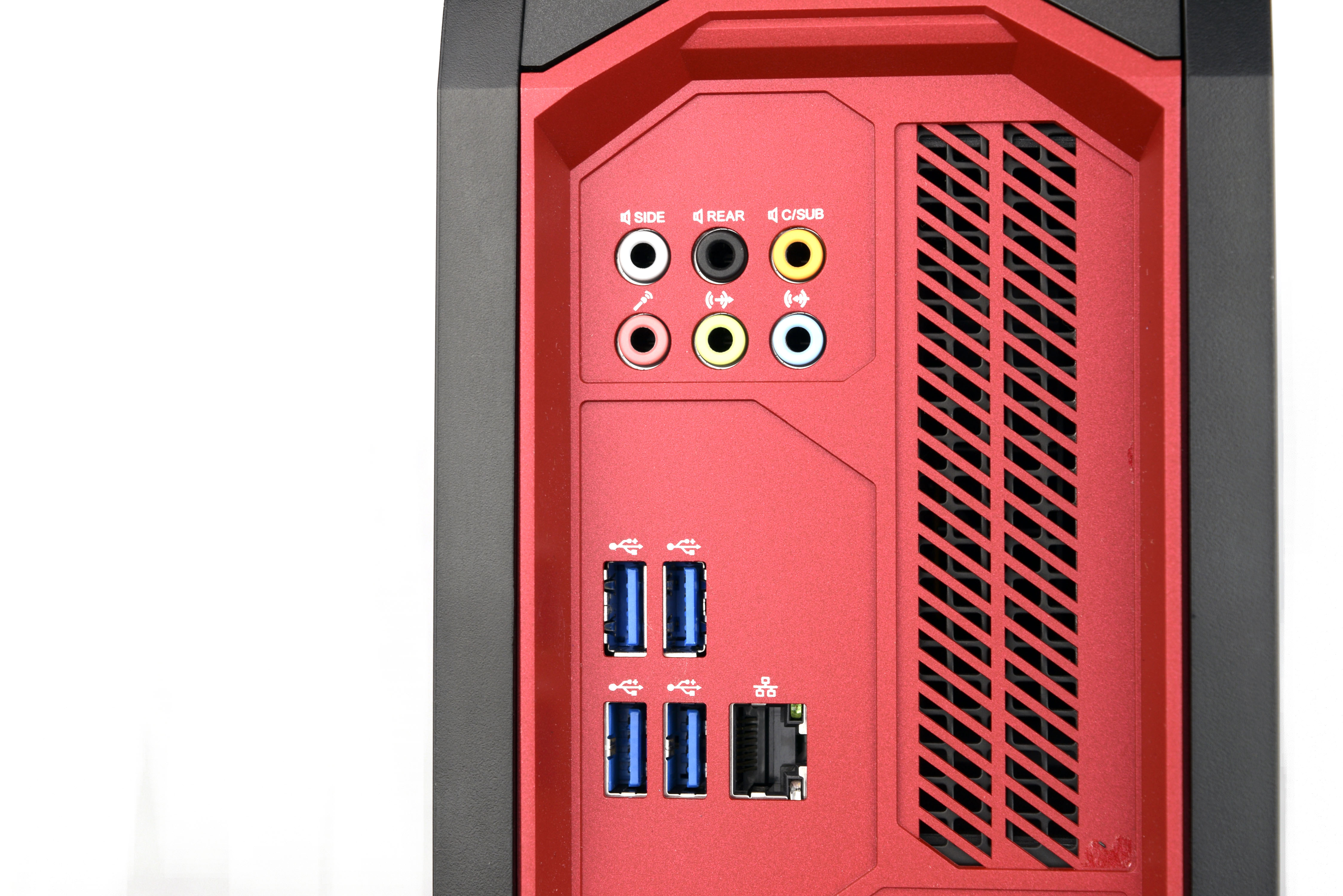
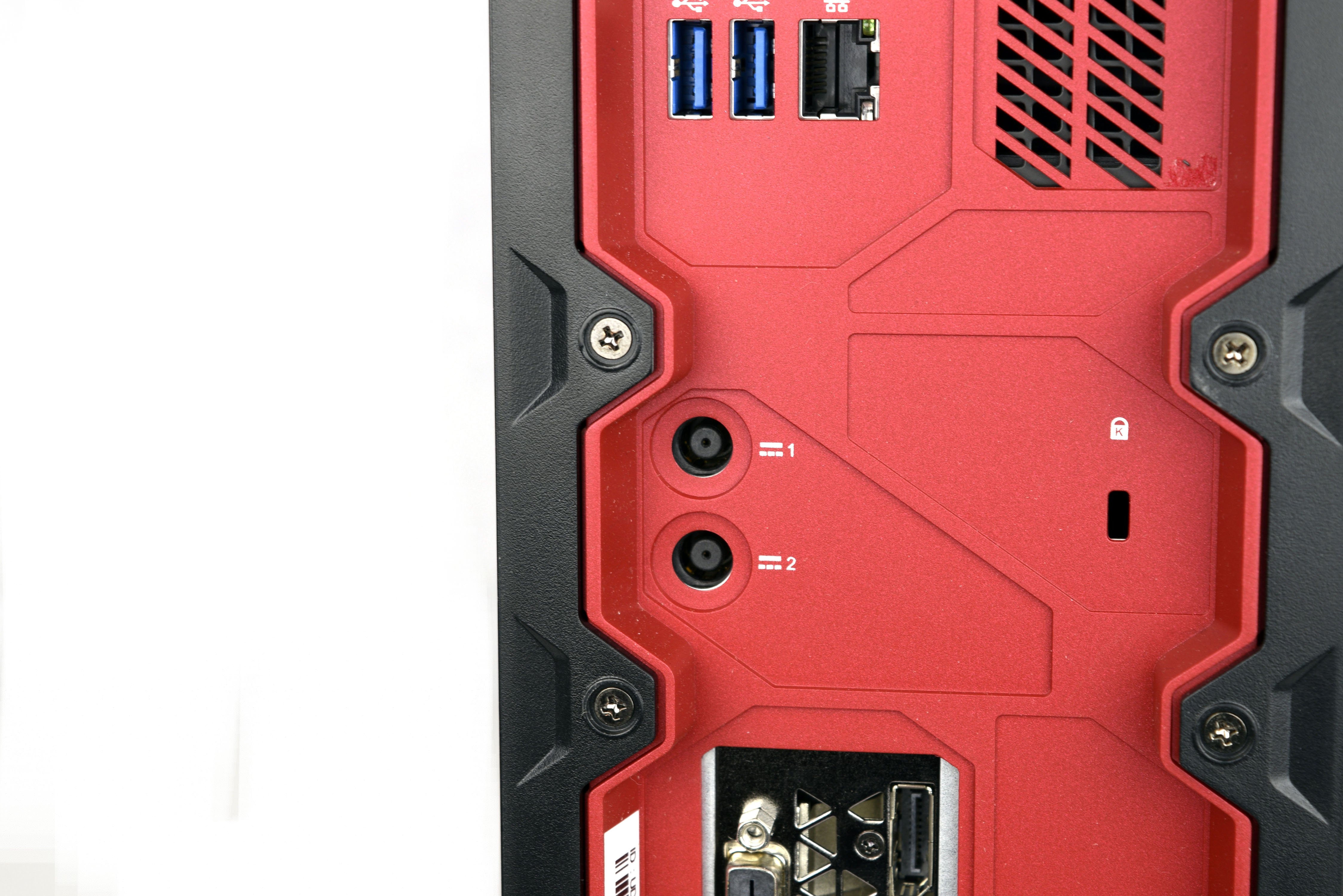
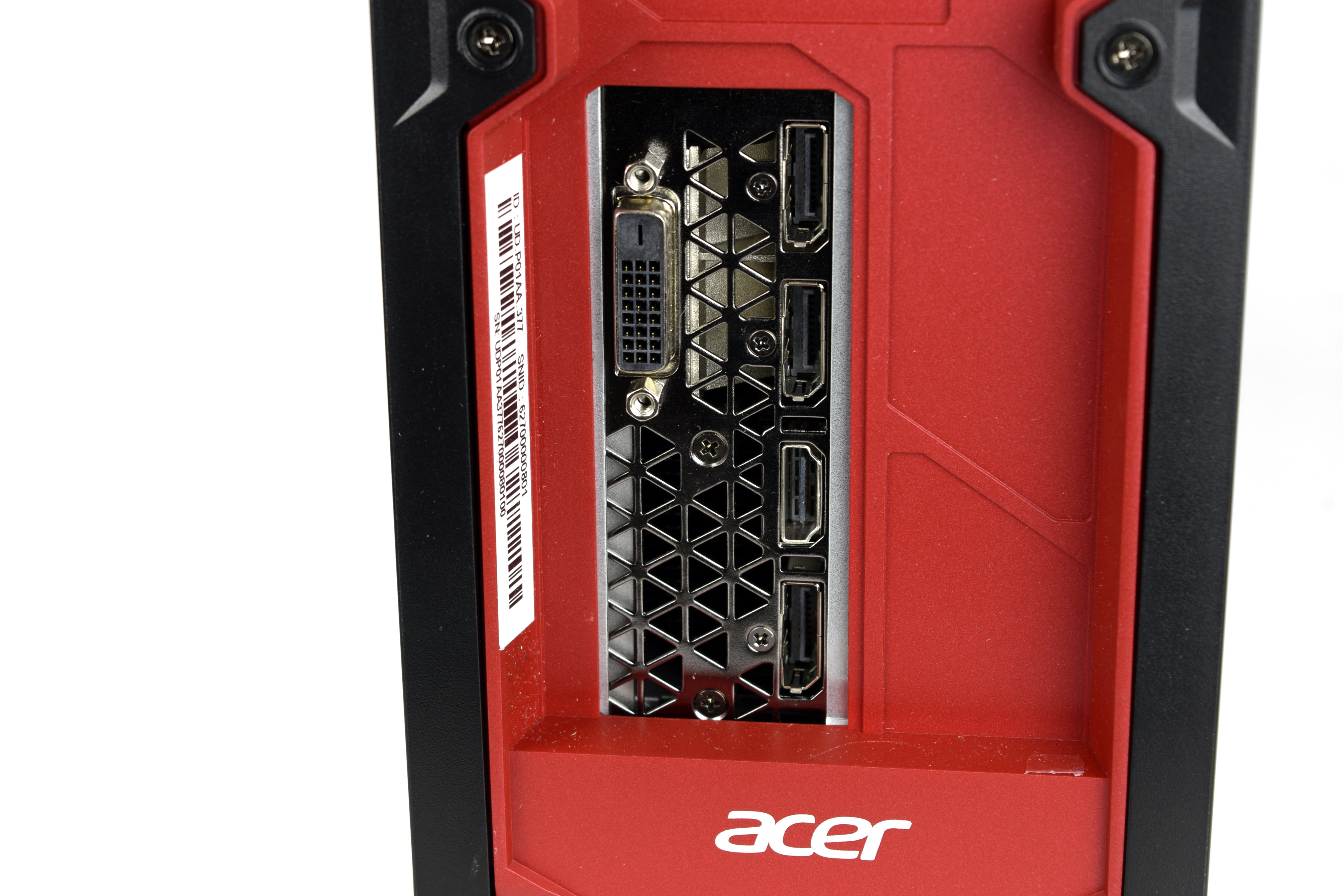
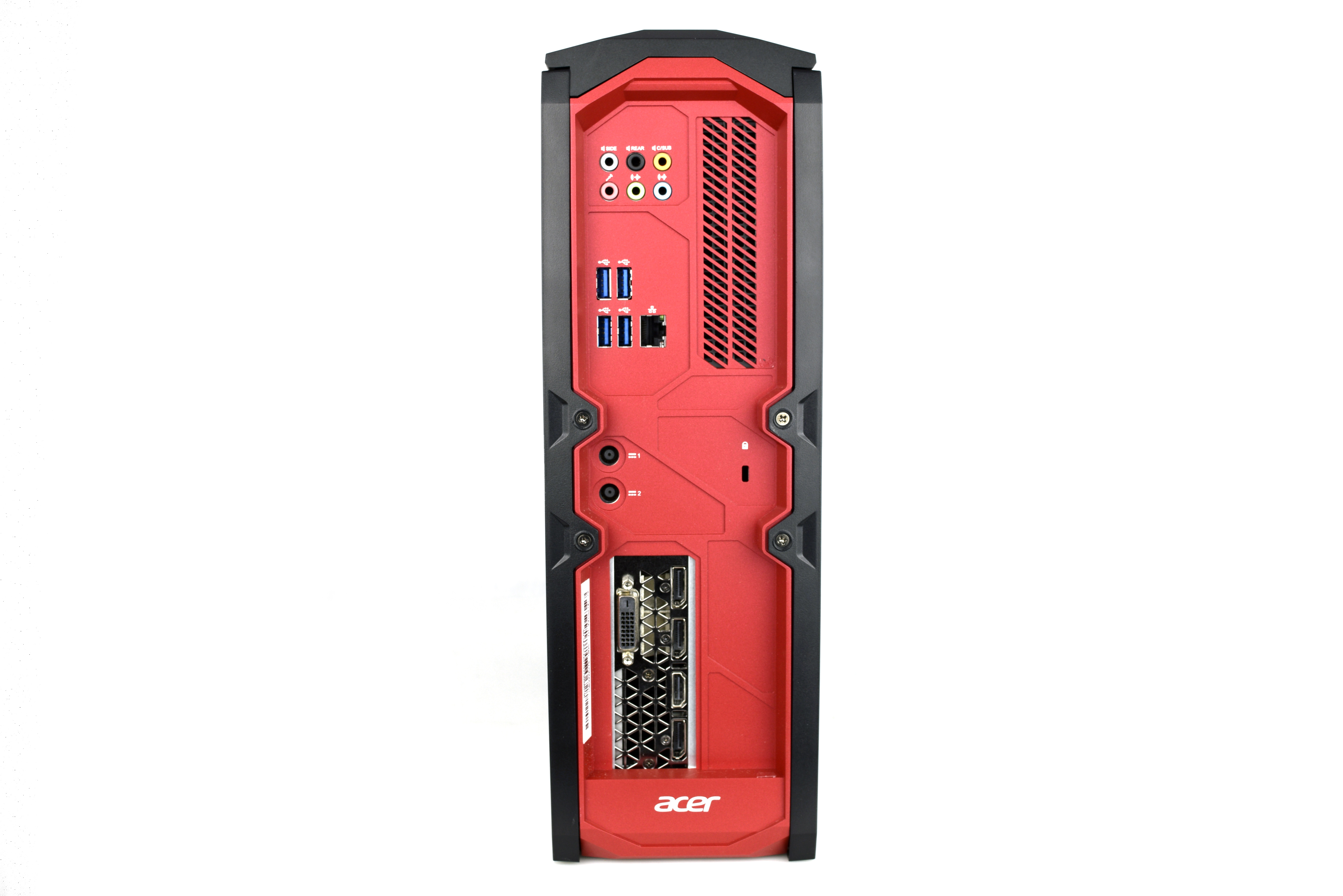
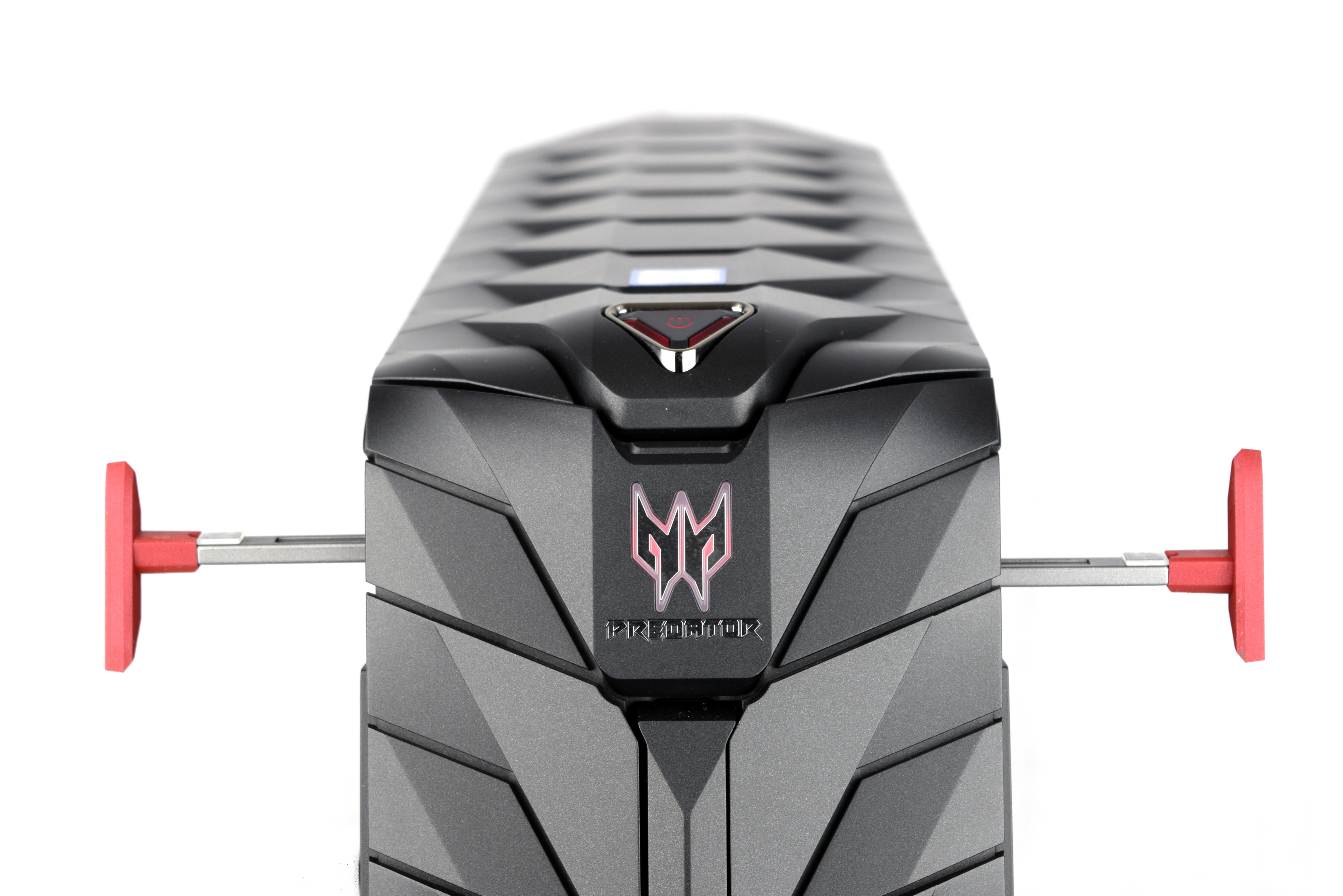
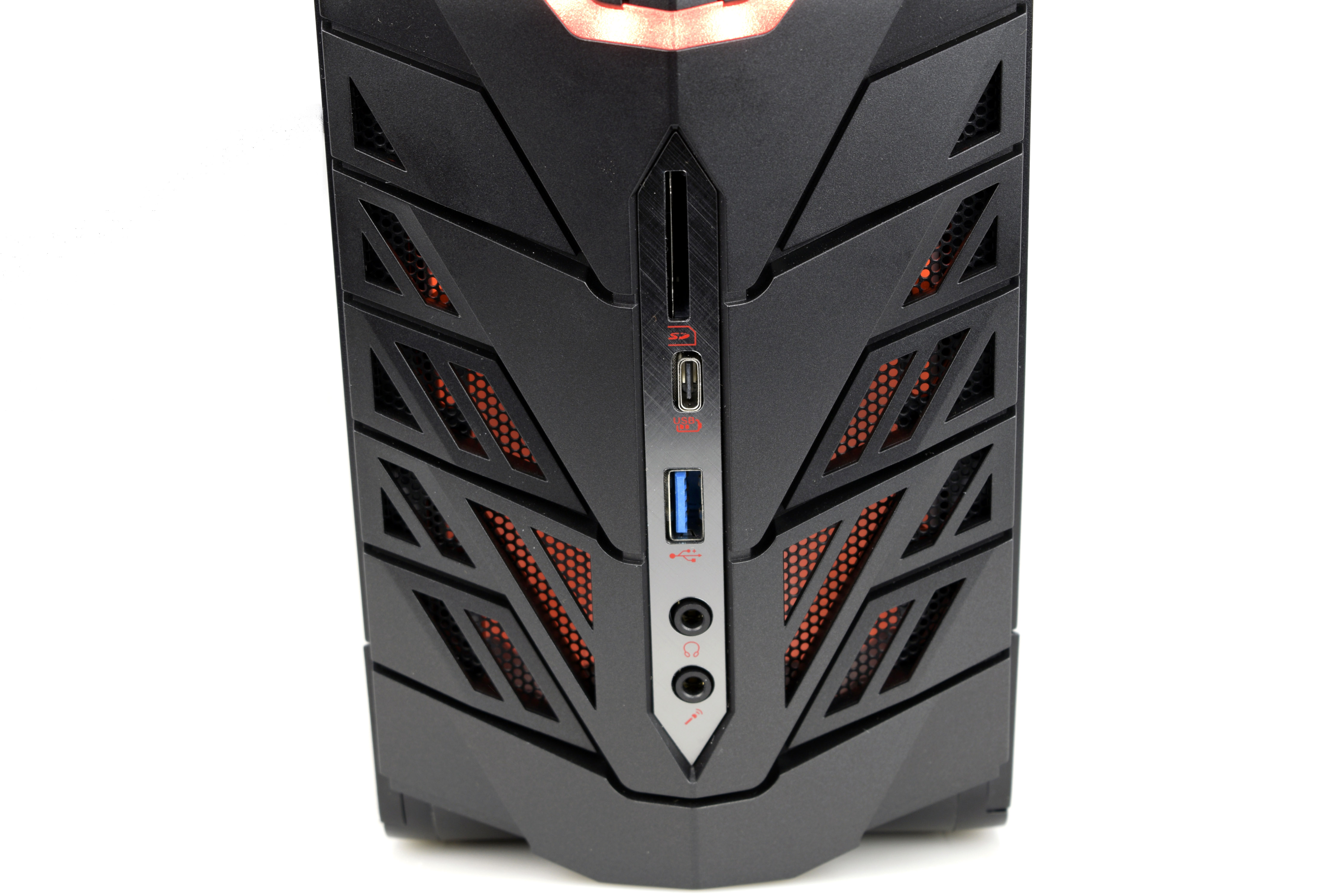
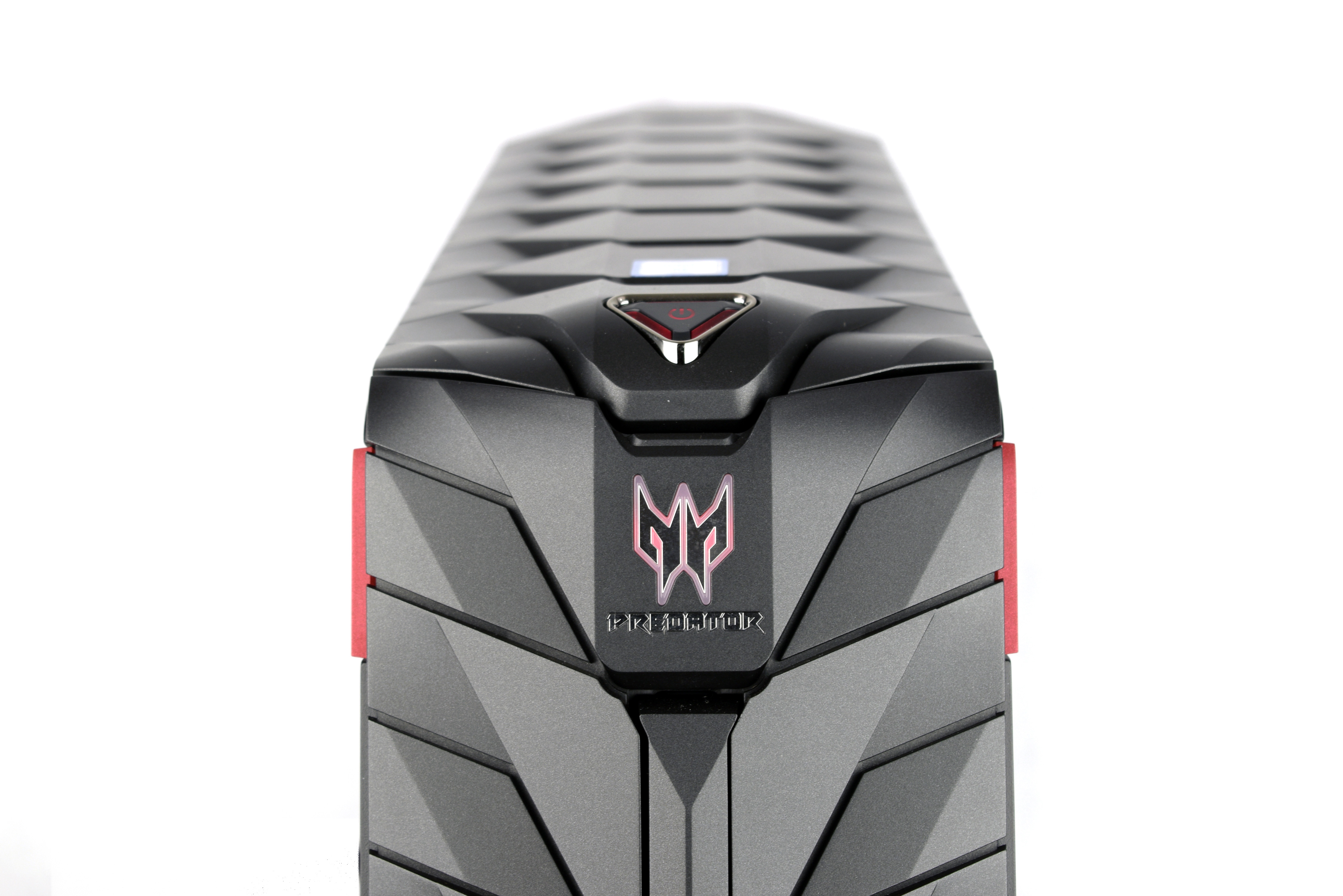
We’d normally describe the power supply in the Interior section of our review, but the Acer Predator G1’s PSU is somewhat of an oddity; it’s powered by two 230W laptop power adapters (for a combined 460W) bundled together in a plastic Predator-branded shroud. It has the potential to be the single worst feature of the Predator G1. Although it reduces the size of the chassis by excluding an internal PSU, the design is short-sighted and awkward.
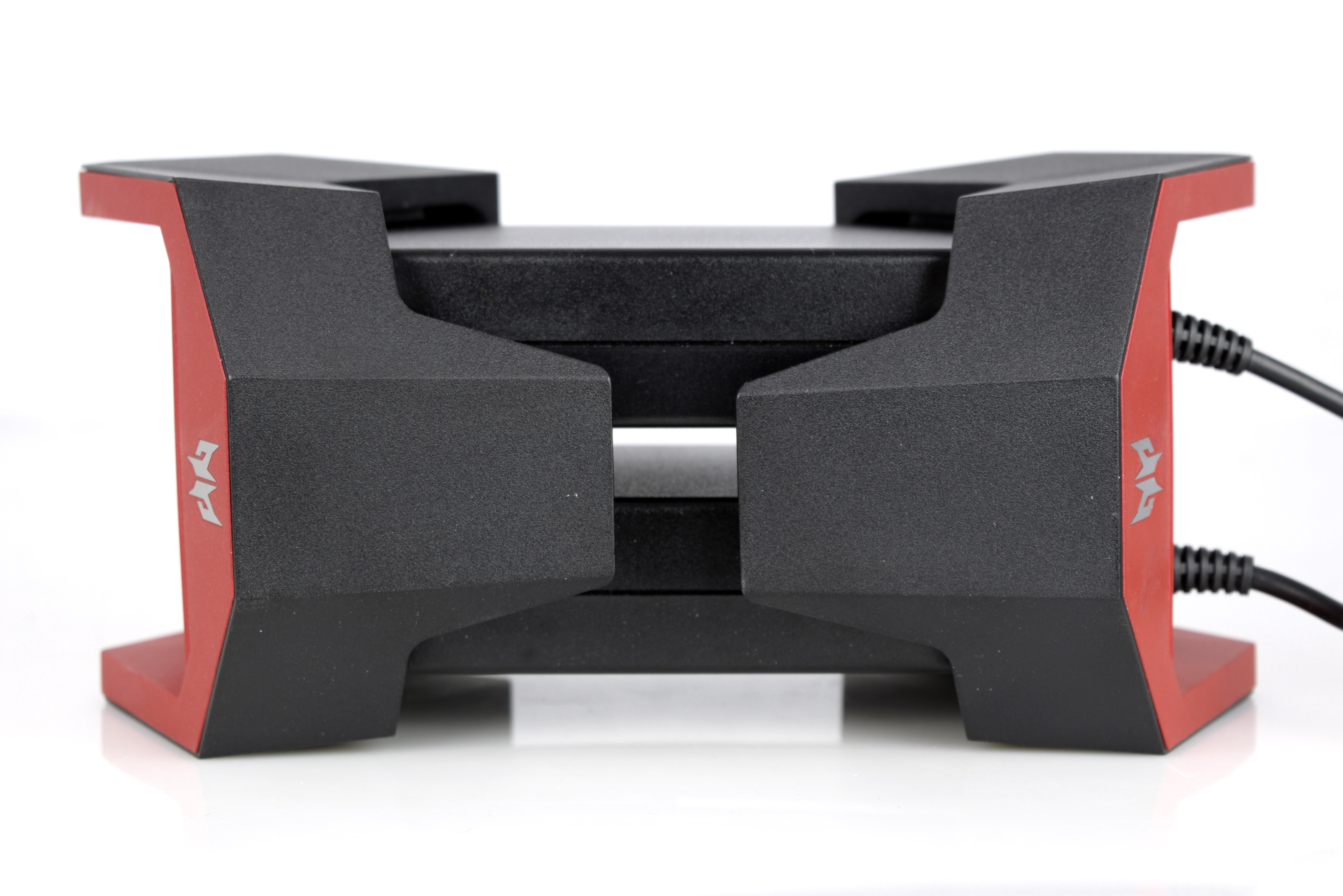
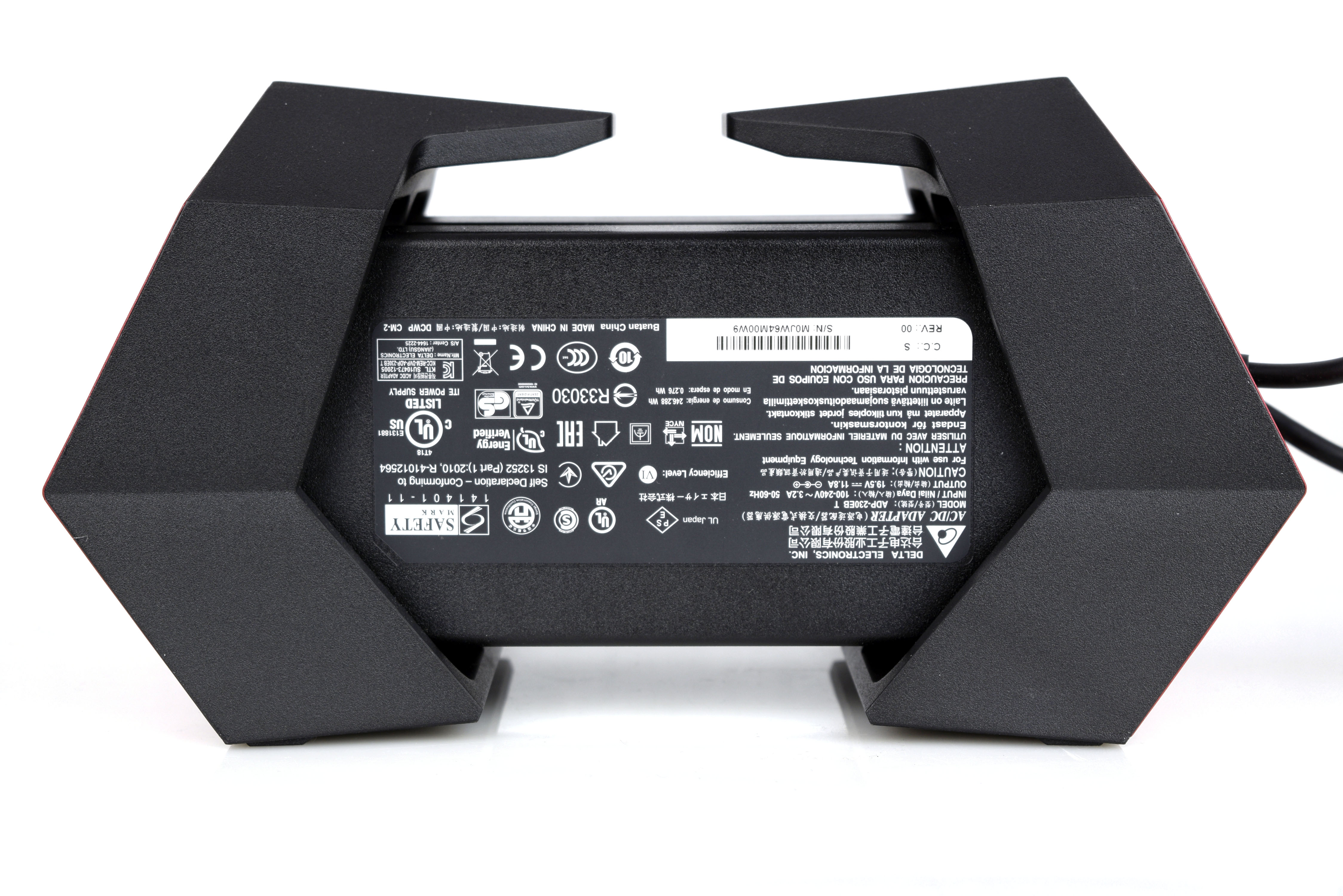
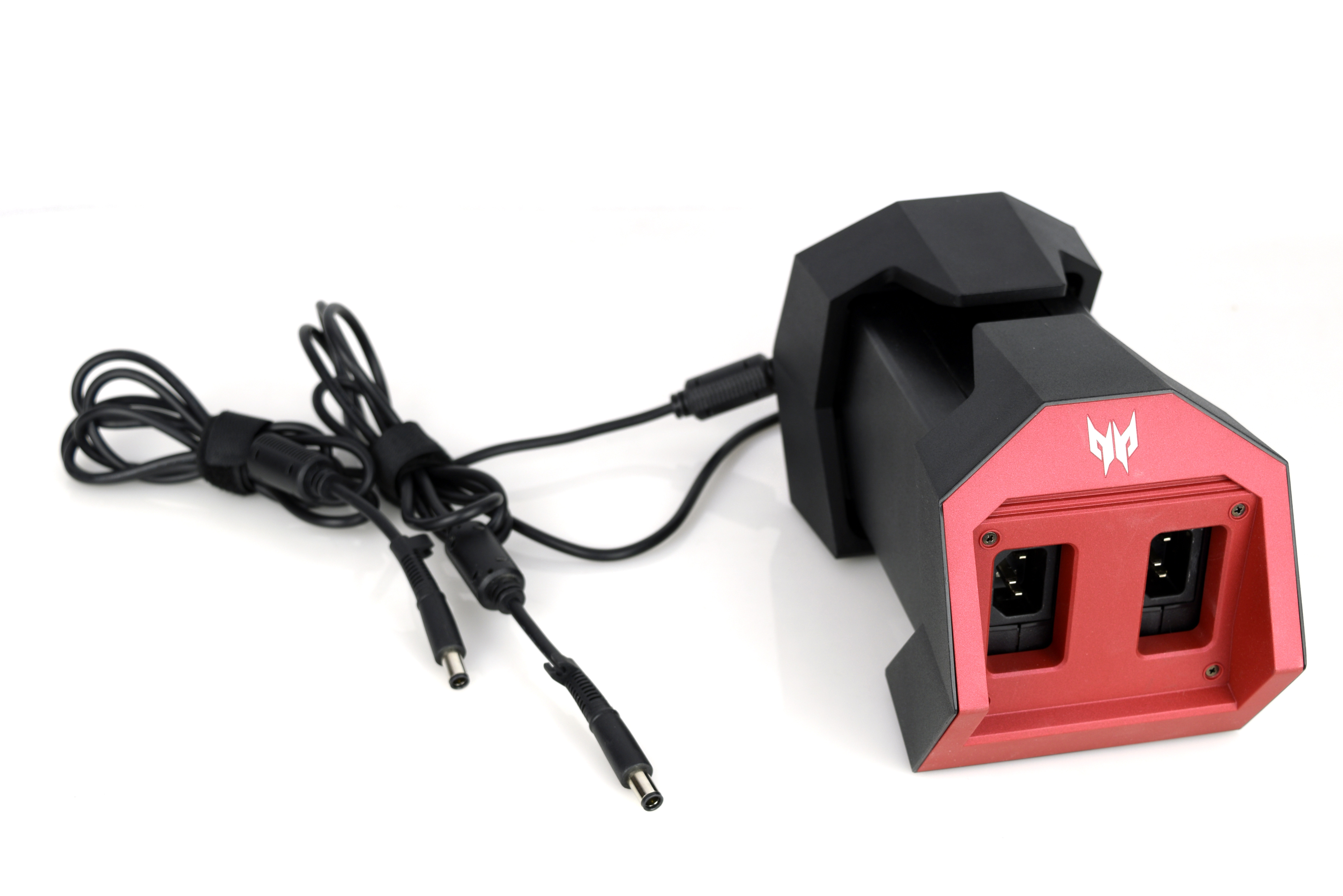
The PSU block takes up considerable real estate, with two power cables required from the wall to the block, and then two more cables from the adapters to the rear of the Predator G1. It’s an inelegant solution that makes powering the device somewhat of a challenge, between the two required empty plugs on the power strip and finding a place to tuck away the jungle of wires. Moving the Predator G1 from one location to the other (at least, within a home or office) is not particularly easy (or fun) because of the device’s obtrusive PSU and the oddly-weighted (although not terribly heavy) chassis.
Interior
"Dense" happens to be an excellent term to describe the interior of the Predator G1, which is accessible by removing four screws from the side panels (two for each panel) at the rear of the device. It’s clear that Acer doesn’t want you (or intend for you) to be poking around inside the G1; the side panel screws are lengthy and flat so they blend into the case (thumb screws are more inviting), and the panels are abnormally heavy, with a metal panel underneath the plastic adding considerable weight to the device, which seems even heavier with its dense interior design and not-so-easy-to-grab case.
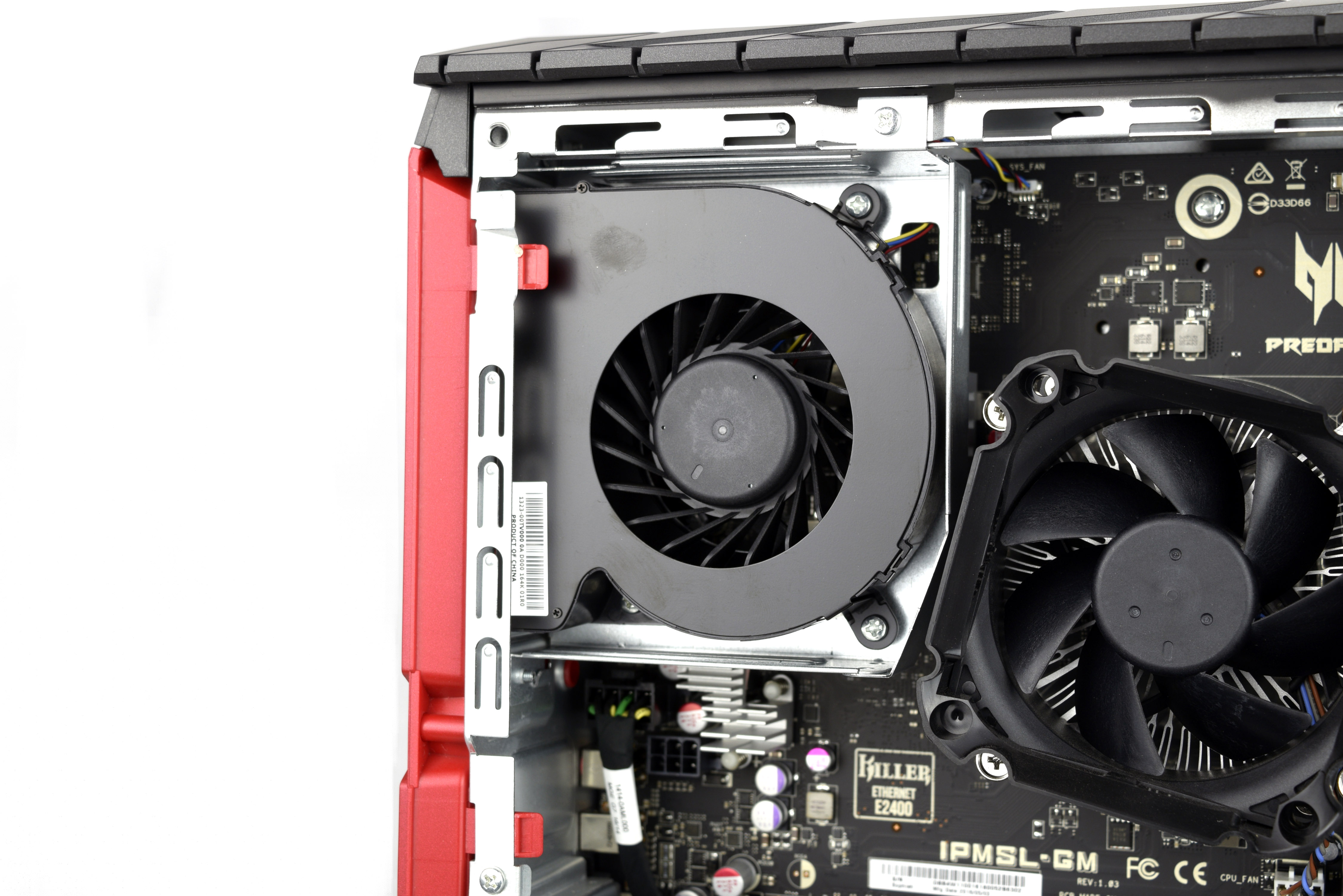
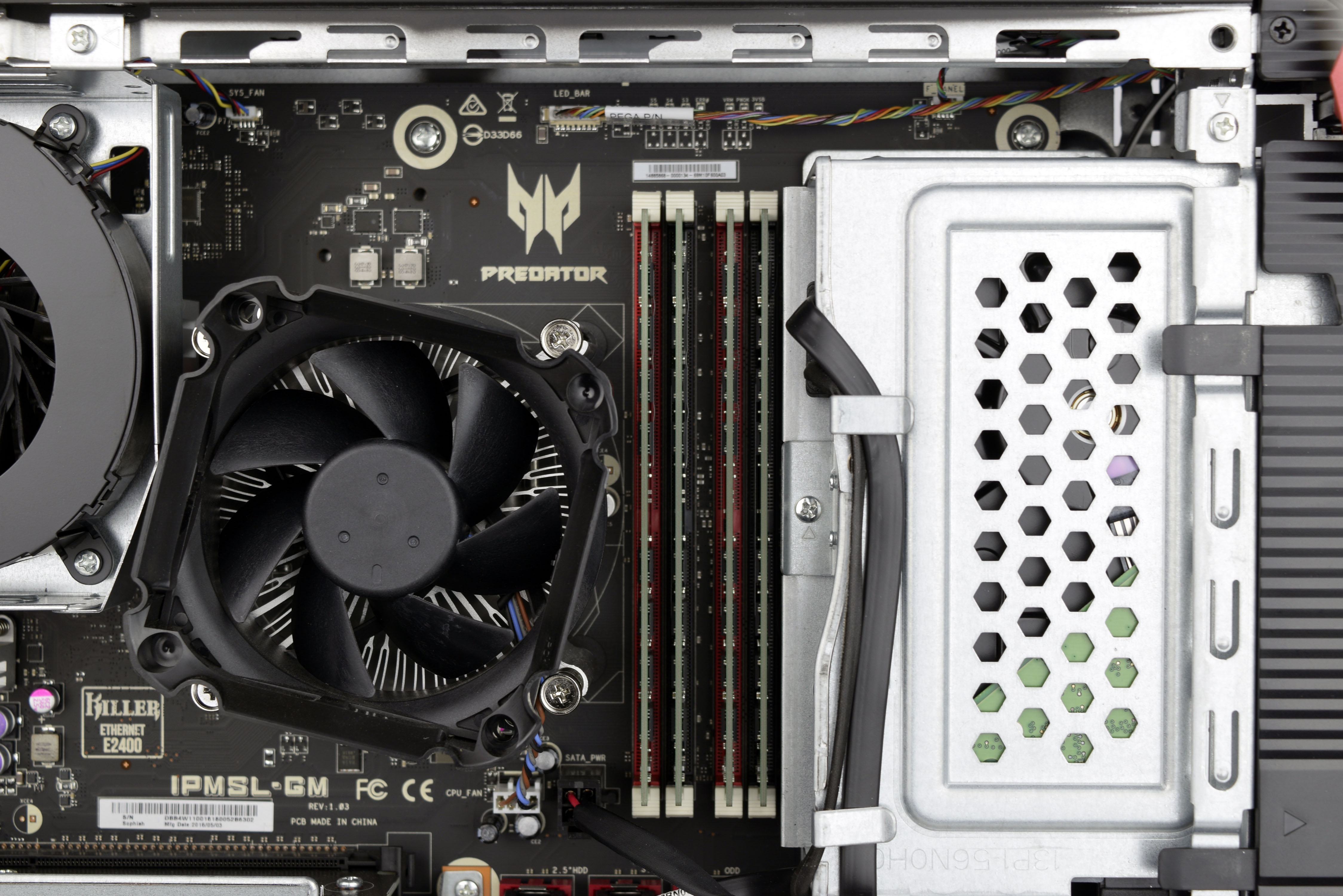
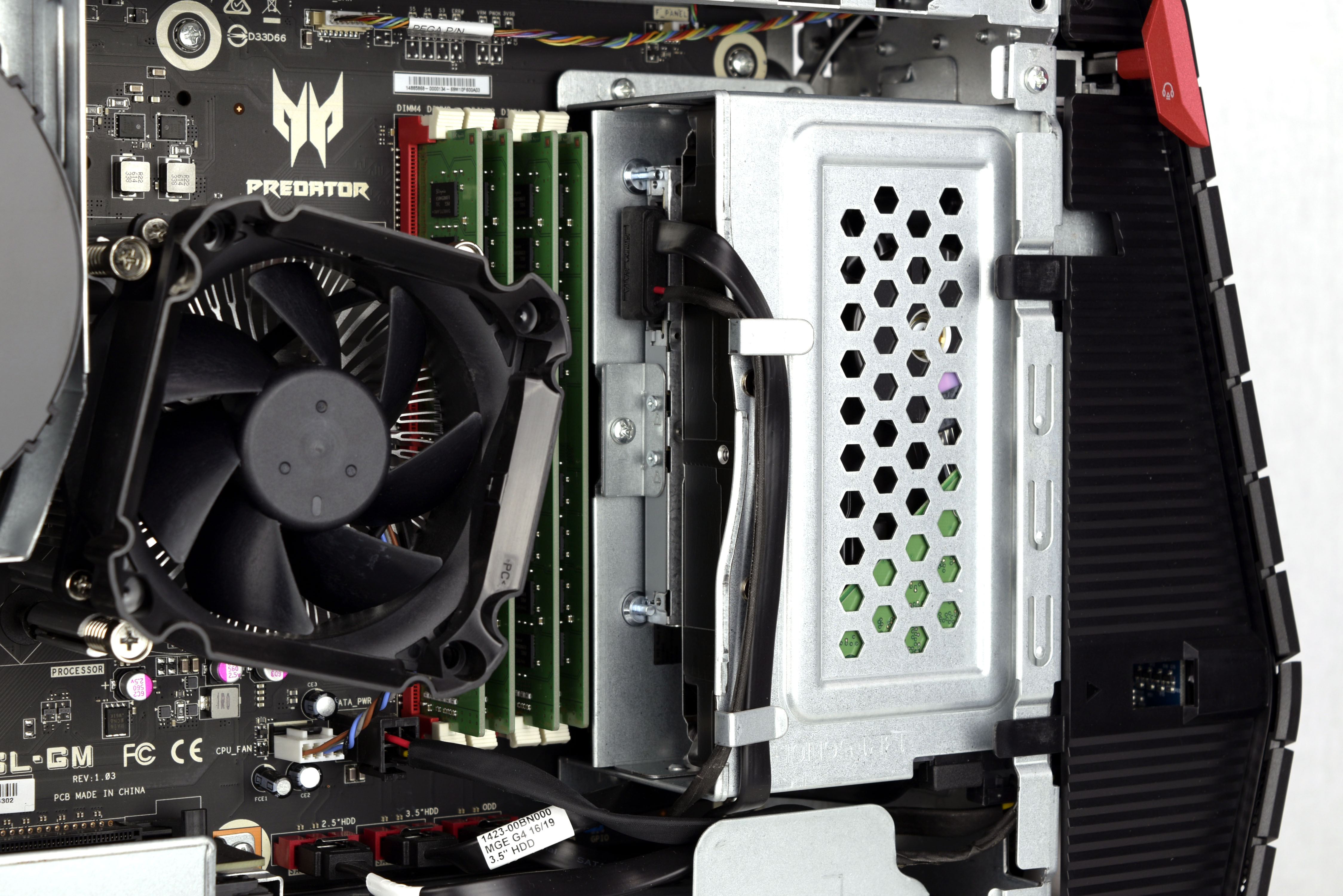
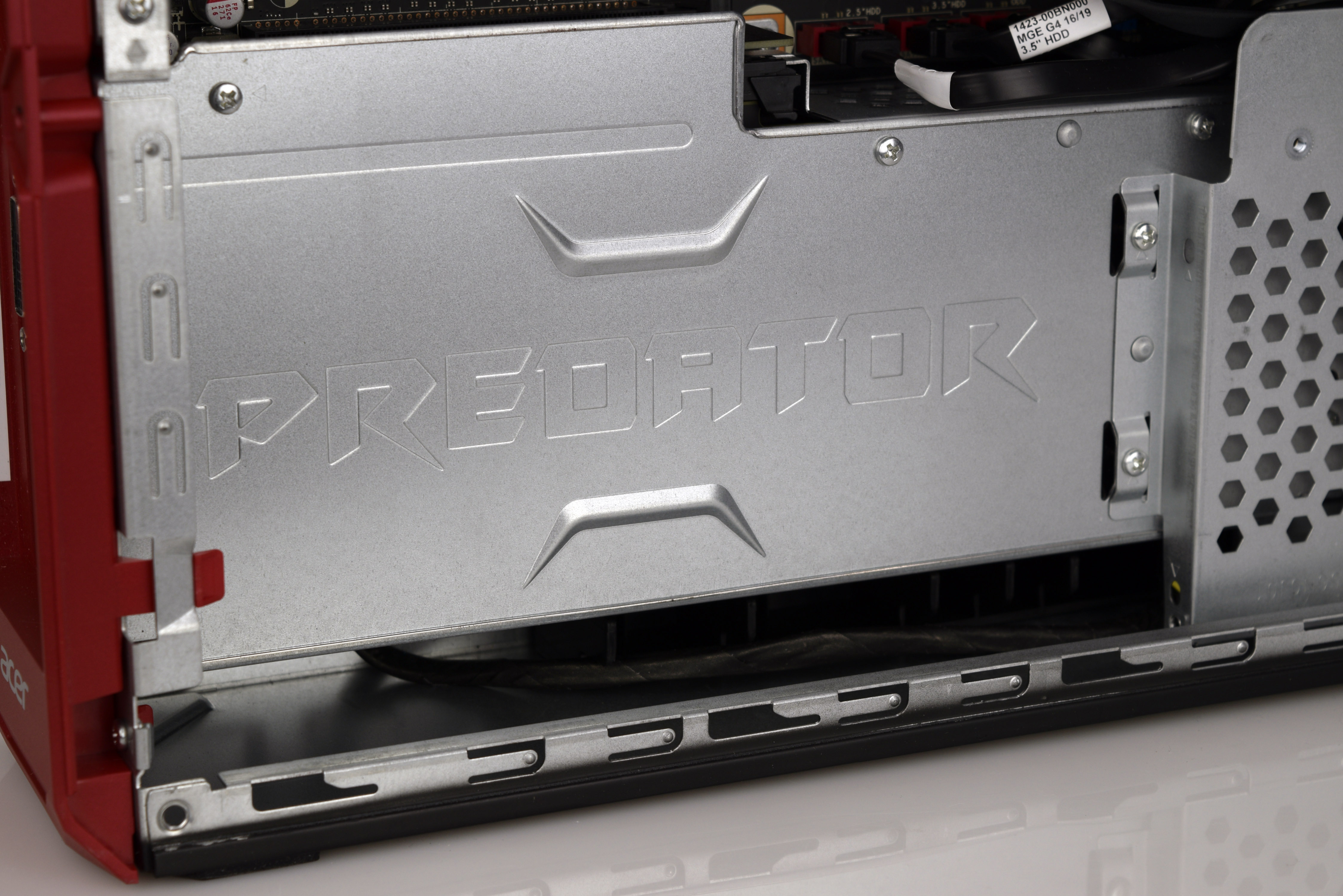
Once you remove the panels, you are met with more compartmentalization (and little wiggle room), with most of the main components hidden under more layers of metal. The Intel Core i7-6700 CPU features a base clock frequency of 3.4GHz, with a max turbo clock of 4.0 GHZ. The processor is air-cooled with an all-aluminum heatsink, which has a plastic intake attached to the top (with an 80mm fan) that lines up with a hidden vent in the left side panel, giving the CPU a dedicated source of fresh air. The memory DIMMs are all occupied, with 32GB (4 x 8GB) of DDR4-2133, which features CAS timings of 15-15-15-36 and lacks any special cooling or heatsinks.
Get Tom's Hardware's best news and in-depth reviews, straight to your inbox.
A Founder’s Edition GeForce GTX 1080 is encased in a metal mounting bracket (Predator-branded, of course). The GPU is connected to the motherboard with a riser card that positions the card upside down, with the front blower fan intake pointing to the other side (right) of the chassis, which has a vent in the inner and side panels so that the graphics card has a dedicated air intake (with heat exhausting out the back of the GPU). Another blower fan mounted above the rear motherboard I/O exhausts ambient heat out of the case.
The IPMSL-GM H170 motherboard is Acer’s own design, and it features Killer E2400 Ethernet and AC1535 Wi-Fi, which is a nice touch if you plan to tuck the Predator G1 in a room distant from your router. The board also offers few expansion options (actually, just one). All of the SATA ports on the board are full, but one of the cables leads to an unoccupied 2.5" drive bay, which is mounted on the right side of the GPU enclosure with four screws. The power feed splits off from the 2.5" mount to the front panel, presumably for the RGB LED lighting.
The storage, like the other primary components, is also blocked off, with the 512GB LiteOn CV1-8B512 M.2 SATA SSD nowhere in sight (we determined that it’s under the 3.5" and optical drive cage, and it’s no easy task to get to it). The 2TB 7,200 RPM HDD is the most accessible of the configured storage components (in that you can see it mounted next to the memory DIMMs), but you have to remove the entire cage to swap it out. The slim DVD-RW drive is hidden behind the 3.5" HDD, and none of the Predator G1’s components are easy to free from their aluminum prison.
Software And Accessories
Acer preloaded a variety of software on the Predator G1, including a shortcut to a folder containing all the PC’s manuals (in PDF form) and company-branded utilities called Acer Care, Acer Drive, and Predator Sense. The Acer Care program displays your system specs and allows you to perform maintenance tasks, update your system’s drivers, and manage recovery settings. Acer Drive is a form of cloud storage, and Predator Sense monitors CPU clock frequency, in addition to the processor and system temperatures and fan speeds. You can also adjust the fan speeds (there are only two fans), in addition the front-panel RGB LED-backlit logo, “V Badge” light bar, and grill lighting effects and colors. The Killer Network Manager rounds out the G1’s utility software.
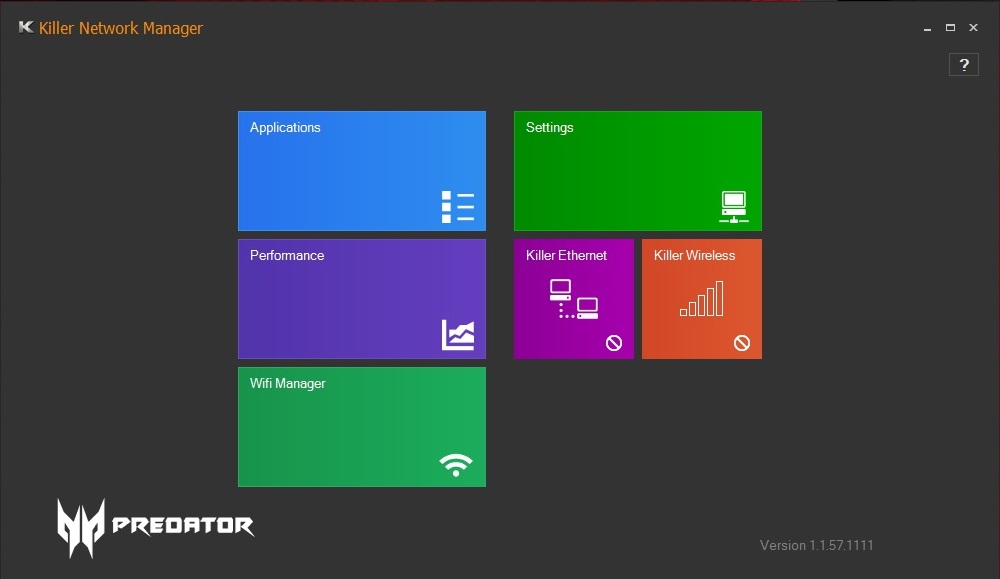



The Predator G1 also features a full version of CyberLink PowerDVD 12, in addition to a trial version of Freedome VPN, a program that encrypts your online connections for safer browsing, security, and anonymity. Acer also preloaded Steam (it’s ready to log in at launch) and although we’re not generally fans of “bloatware,” we wouldn’t consider any of these programs to be terribly bothersome (they aren’t popping up and reminding us to buy something every few minutes or causing boot delays). For the most part, everything except the Freedome VPN trial software serves a purpose (yes, even Acer Care; updating your drivers is important!) and doesn’t cost you a dime, and if you don’t want it, you can easily uninstall it.
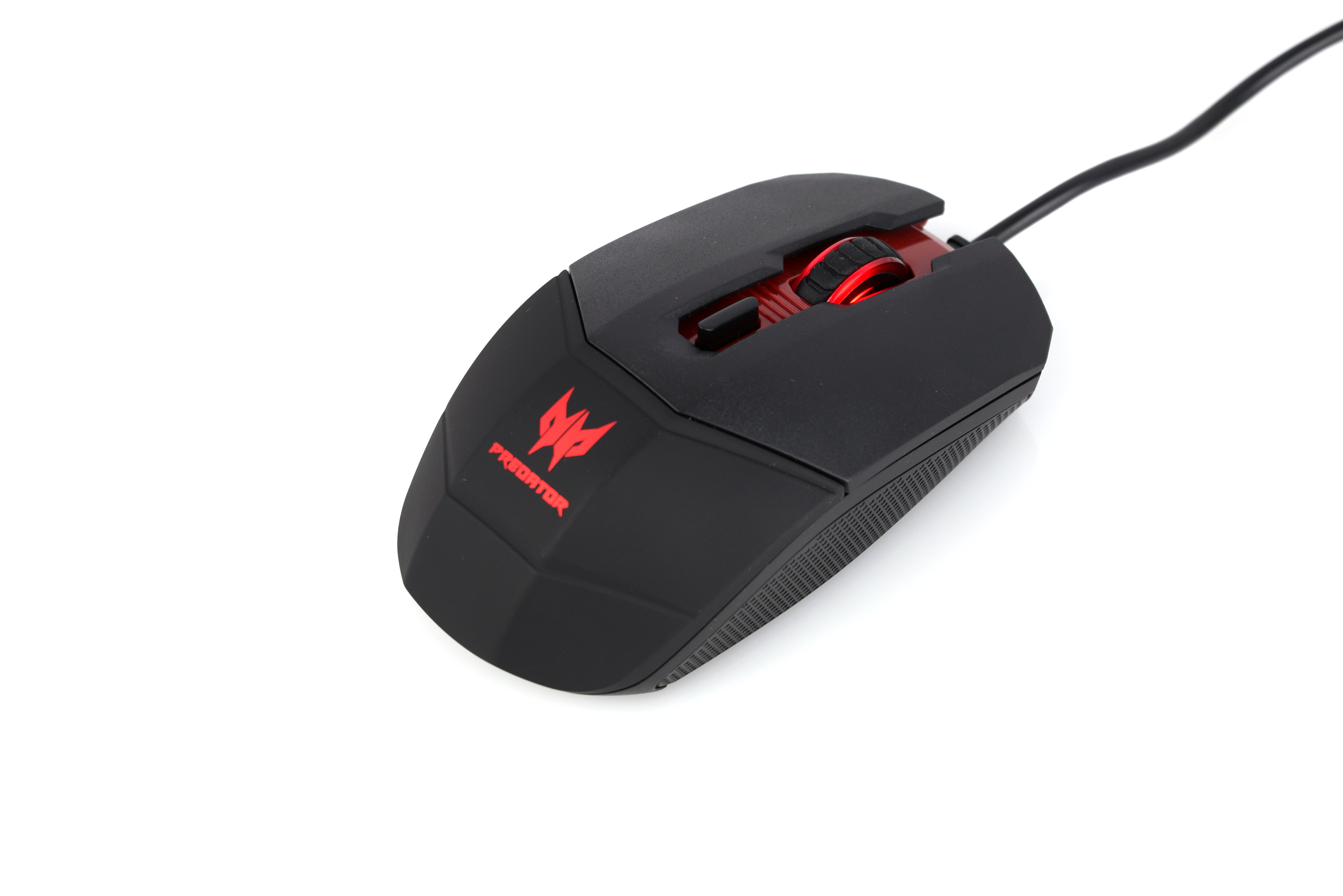
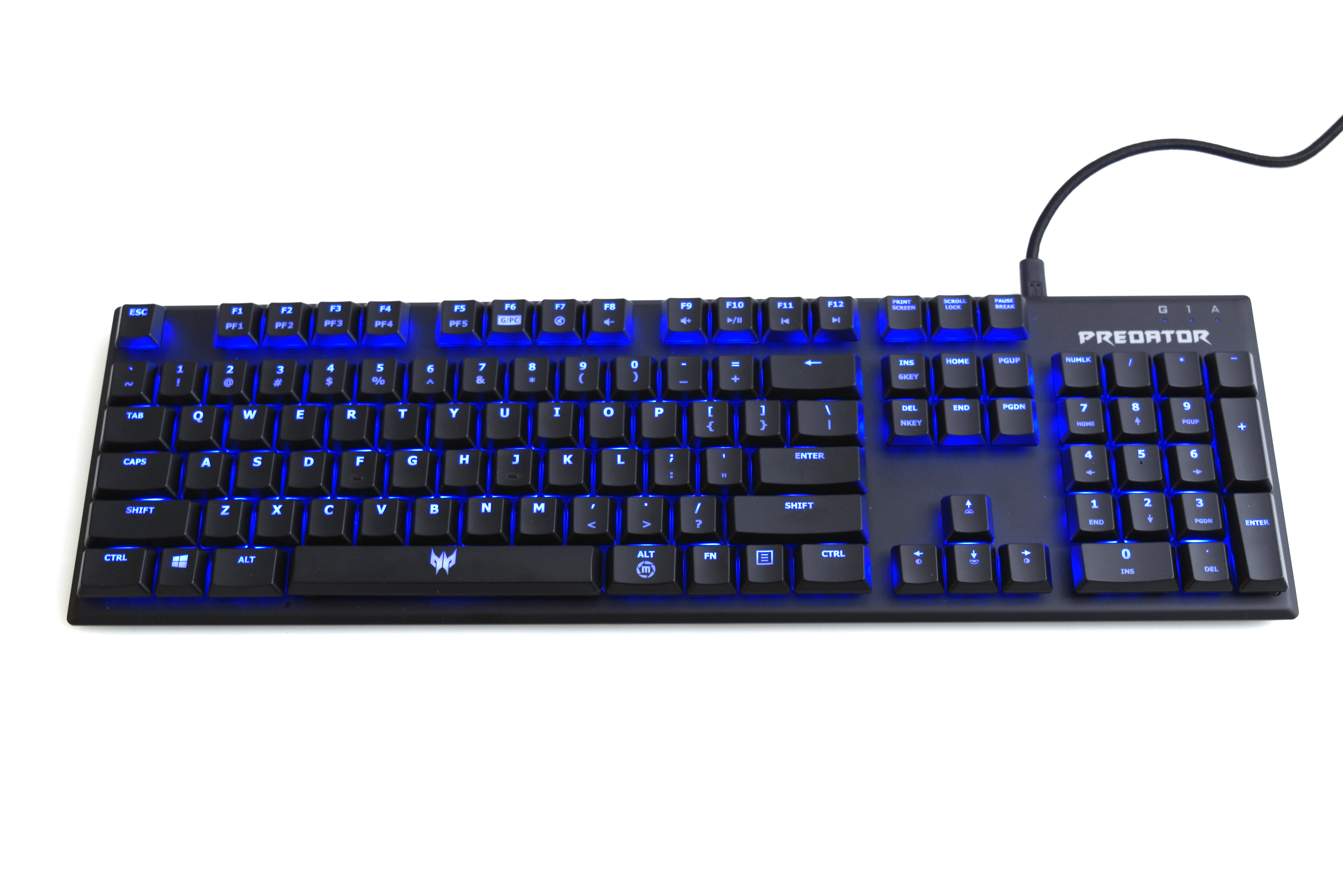

Acer was equally generous with accessories, providing a Predator-branded mechanical keyboard and gaming mouse with the G1. The keyboard features Kailh switches (although the company wasn't specific as to which ones) and blue LED backlighting, and it's comfortable to type on. The included gaming mouse has red LEDs and several additional gaming buttons.
For a limited time, Acer also ships the Predator G1 with a wheeled hardshell carrying case. We had mentioned that it was difficult to move the dense tower and awkward PSU around the house, but the case at least makes getting it to your next LAN party easier.
MORE: Best PC Builds
MORE: How To Build A PC
MORE: All PC Builds Content
Derek Forrest was a contributing freelance writer for Tom's Hardware. He covered hardware news and reviews, focusing on gaming desktops and laptops.
-
Big_D_Design It's always the same result with the Teir One companies. What a waste of time trying to get their engineers to make a gaming pc different than the boutique builds or do-it-yourself ones. You would think with all their money that they could come up with something cutting edge. The last thing I have witnessed was HP Blackbird. Now that was a well thought out Gaming PC.Reply
I find Acer to be a great company that has earned respect on many sides of the tech industry. They have shown an increase in quality in their products. I have 3 of their laptops having switched from Dell (due to Dell's quality issues with their budget offerings). I also just bought their Surface 4 clone (Switch Alpha 12) and am loving the quality of that. Fact is, Acer offers one of the best quality items as of lately. How these engineering departments get away with this substandard type of design is beyond me. Being a designer myself and a futurist, I see many missing things that can be done with Gaming PC design. But I applaud the amount of new case designs that come out daily that really are refreshing to look at. I like it clean and simple, and I like it 'Over the Top'. Fact is that we are in a place now where PC Gaming is flourishing and boy am I happy about that..... I don't know about you, but these new clear window systems are really getting quite good looking. See ya. -
sillynilly That external DOUBLE cord power supply is the stupidest thing I have ever seen on a desktop. Makes this a completely idiotic product. DUMB DUMB DUMB.Reply -
The PSU is a piece of junk. Two power cables for 460W? Maybe they has surplus of laptop power supplies, and this was a way to get rid of them.Reply
-
g-unit1111 That disc drive ruins it, IMO. I want to like that case design, but the positioning of that CD drive sticks out like a sore thumb, and that's something that could easily be done away with in this day and age.Reply -
James Mason Huh I wonder, If you guys hooked up a normal PSU to the system instead of the twin laptop PSUs, might it perform better? Or maybe just show a "regular desktop" version of it, since you probably have the same parts lying around.Reply -
g-unit1111 Reply19147638 said:That external DOUBLE cord power supply is the stupidest thing I have ever seen on a desktop. Makes this a completely idiotic product. DUMB DUMB DUMB.
I completely agree! That plus the CD drive make this one of the dumbest case designs I've ever seen. -
shrapnel_indie I can live with the optical drive. I can live with the compactness.Reply
I can't live with the price. AND... They could have at least repackaged the laptop PSU "bricks" into a single housing with the looks they tried to give it, powering BOTH units from a single cord. Two output power cables would be just the other side of acceptable, while making it a single power connection to the PC is obviously ideal.
This begs the question... Was this a Prototype Unit, a Production unit, or a hybrid of the two? Meanwhile, just give me the asking price for this unit, and, while maybe not as small, I'll come up with something easier to work in and on AND perform better.